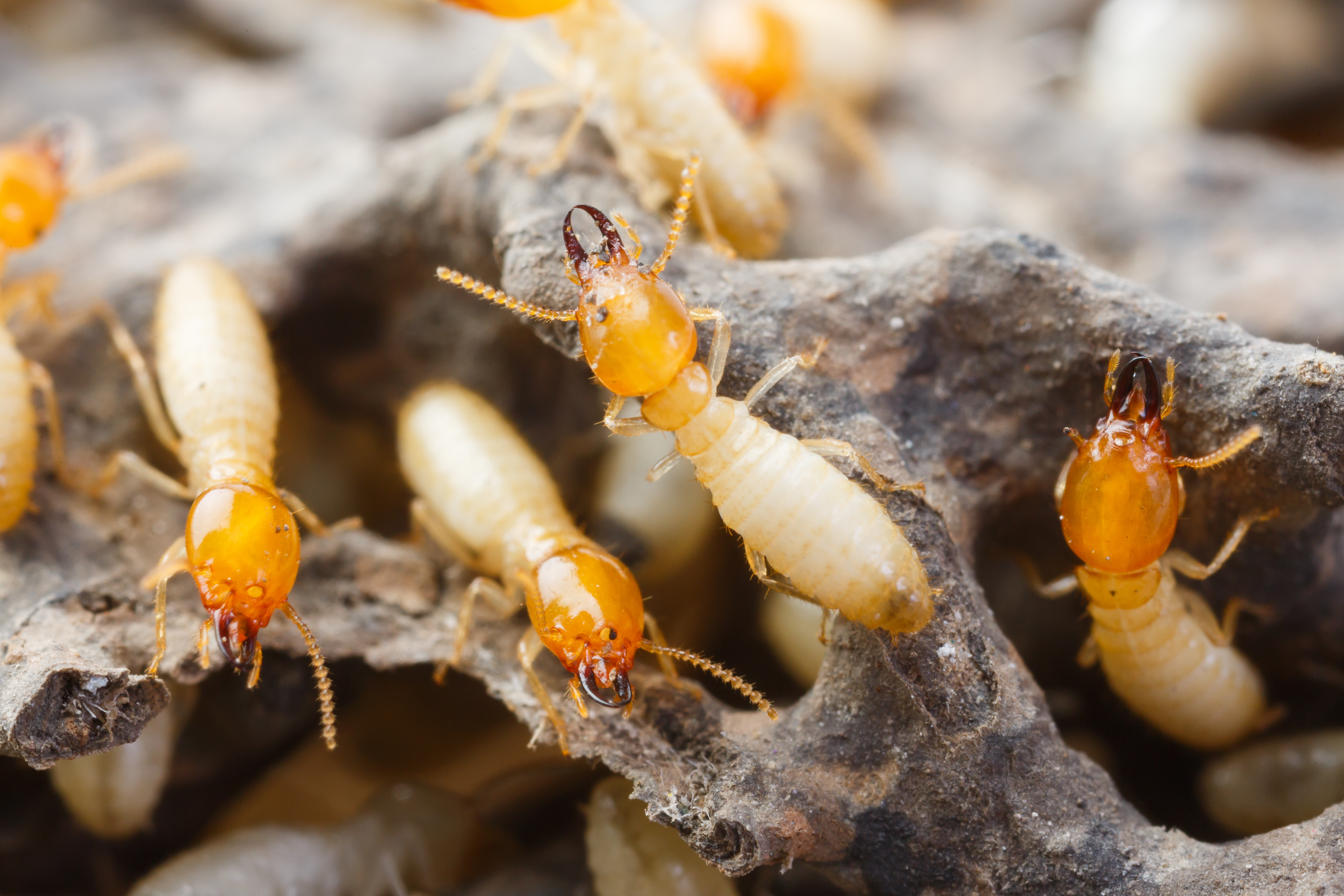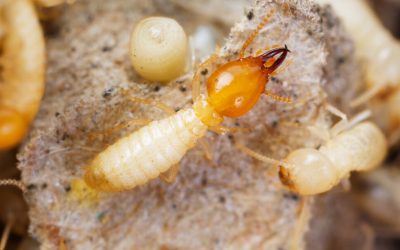Battling the Silent Invaders: Premier Termite Control Homestead Solutions
Battling the Silent Invaders: Premier Termite Control Homestead Solutions
Blog Article
How to avoid Termite Problem in Your Home: Expert Pest Control Tips
Termite invasion can present a substantial threat to the structural integrity of your home, triggering substantial damages if left uncontrolled. As homeowners, understanding the early signs of a termite presence is essential in avoiding invasions before they escalate. Nevertheless, beyond mere detection, implementing proactive measures to protect your residential property against these quiet destroyers is similarly vital. By embracing expert parasite control tips and incorporating preventative techniques, you can create a hostile atmosphere that hinders termites from attacking your living room. From regular examinations to strategic building and construction selections, the secrets to strengthening your home against these resistant insects hinge on a mix of caution and educated activity.
Identify Early Indicators of Invasion
Vigilance is crucial in discovering the very early indications of termite problem within your home. These harmful pests can cause substantial damage if left untreated, making it critical to acknowledge indicators of their visibility promptly. One common indicator of a termite invasion is the existence of thrown out termite wings near doors and windowsills. As termites flock and establish brand-new colonies, they dropped their wings, leaving them behind as evidence of their activity.
In addition, mud tubes along the structure of your home can suggest a termite invasion. Hollow-sounding or damaged wood, specifically in locations vulnerable to moisture such as attics and basements, might additionally indicate a termite invasion.
Routine evaluations by a pest control professional can aid identify termite activity at an early stage, potentially saving you from pricey fixings over time. By staying aggressive and attentive, you can secure your home from termite invasions and maintain its architectural integrity.
Maintain Proper Air Flow and Moisture Degrees
To efficiently safeguard your home versus termite infestation, keeping appropriate air flow and managing moisture degrees is vital in preventing helpful conditions for these destructive bugs. Additionally, deal with any type of leakages in plumbing, roof coverings, or windows without delay to avoid water build-up that attracts termites.
Moisture degrees ought to be maintained below 60% to hinder termite activity. Take into consideration using dehumidifiers in wet areas, particularly throughout damp periods. Termite Control Homestead. Correctly shielding pipes and attending to any kind of drain concerns can also assist in keeping optimal wetness degrees. By taking these safety nets, you can create an environment that is less congenial to termites, reducing the risk of invasion and possible damage to your home. Regular assessments and upkeep practices can even more help in very early discovery and therapy of any termite-related problems.
Seal Cracks and Gaps in Your Home


Examining and promptly securing cracks and voids in your home is a crucial action in fortifying its defenses versus termite infestation. Termites can manipulate even the smallest openings in your house's structure to get and create considerable damages. Conduct a complete evaluation of both the exterior and interior of your home, paying close interest to locations where different structure materials satisfy, such as where the structure meets the wall surfaces or where pipelines and cables go into your home. Seal any gaps or fractures located utilizing ideal materials like caulk or sealant. Concentrate on locations prone to moisture accumulation, as termites are brought in to damp environments. Typical vulnerable places consist of around doors and windows, in the foundation, and in the attic room or cellar. By proactively sealing these entry points, you produce an obstacle that can help avoid termites from penetrating your home and creating costly destruction. Routine upkeep and alertness in attending to possible entry points can go a long way in securing your home versus termite problem.
Use Termite-Resistant Materials for Building
When fortifying your home against termite problem by securing splits and spaces, it is necessary to consider click for more info utilizing termite-resistant products throughout building. Termite-resistant materials are specially made to hinder or slow down down termite problems, using an added layer of protection to your home. These materials are typically treated with chemicals that are poisonous to termites or are normally resistant to termite strikes.
One usual termite-resistant product is pressure-treated timber, which has been impregnated with preservatives to make it less appealing to termites. Furthermore, using concrete, steel, or masonry products in building can help minimize the risk of termite damages as these materials are not at risk to termite assaults.
It is crucial to function closely with your service provider or contractor to webpage ensure that termite-resistant materials are made use of in crucial locations susceptible to termite problem, such as the outside, framing, and structure walls. By integrating termite-resistant products into your home building, you can significantly reduce the chance of termite problems in the future.
Arrange Normal Inspections With Experts
Normal examinations conducted by accredited parasite control professionals are vital in keeping a termite-free setting in your home. These experts have the expertise to identify early indications of termite task that might go undetected by inexperienced individuals. By scheduling regular assessments, any type of possible termite problem can be detected and dealt with quickly, stopping considerable damages to your residential or commercial property.

In addition, bug control experts can supply tailored suggestions to address any type of susceptabilities in your home that might attract termites - Termite Control Homestead. This may consist of guidance on wetness control, landscape design methods, and various other preventive procedures to minimize the risk of invasion. By spending in regular assessments with specialists, you can proactively safeguard your home from the expensive problems brought on by termite invasions
Verdict
To conclude, avoiding termite problems in your house requires proactive procedures such as recognizing very early signs of invasion, preserving appropriate air flow and dampness degrees, sealing cracks and spaces, making use of termite-resistant products, and organizing regular inspections with professionals. By carrying out these professional bug control pointers, you can protect your home from costly damage caused by termite infestations.
One common sign of a termite infestation is the presence of discarded termite wings near doors and windowsills.To efficiently secure your home against termite invasion, maintaining proper ventilation and controlling dampness levels is necessary in avoiding helpful problems for these devastating parasites.When fortifying your home versus termite problem by securing gaps and cracks, it is essential to consider making use of termite-resistant products during have a peek here construction. These materials are typically treated with chemicals that are poisonous to termites or are normally resistant to termite attacks.
By spending in routine evaluations with professionals, you can proactively shield your home from the expensive damages created by termite problems.
Report this page